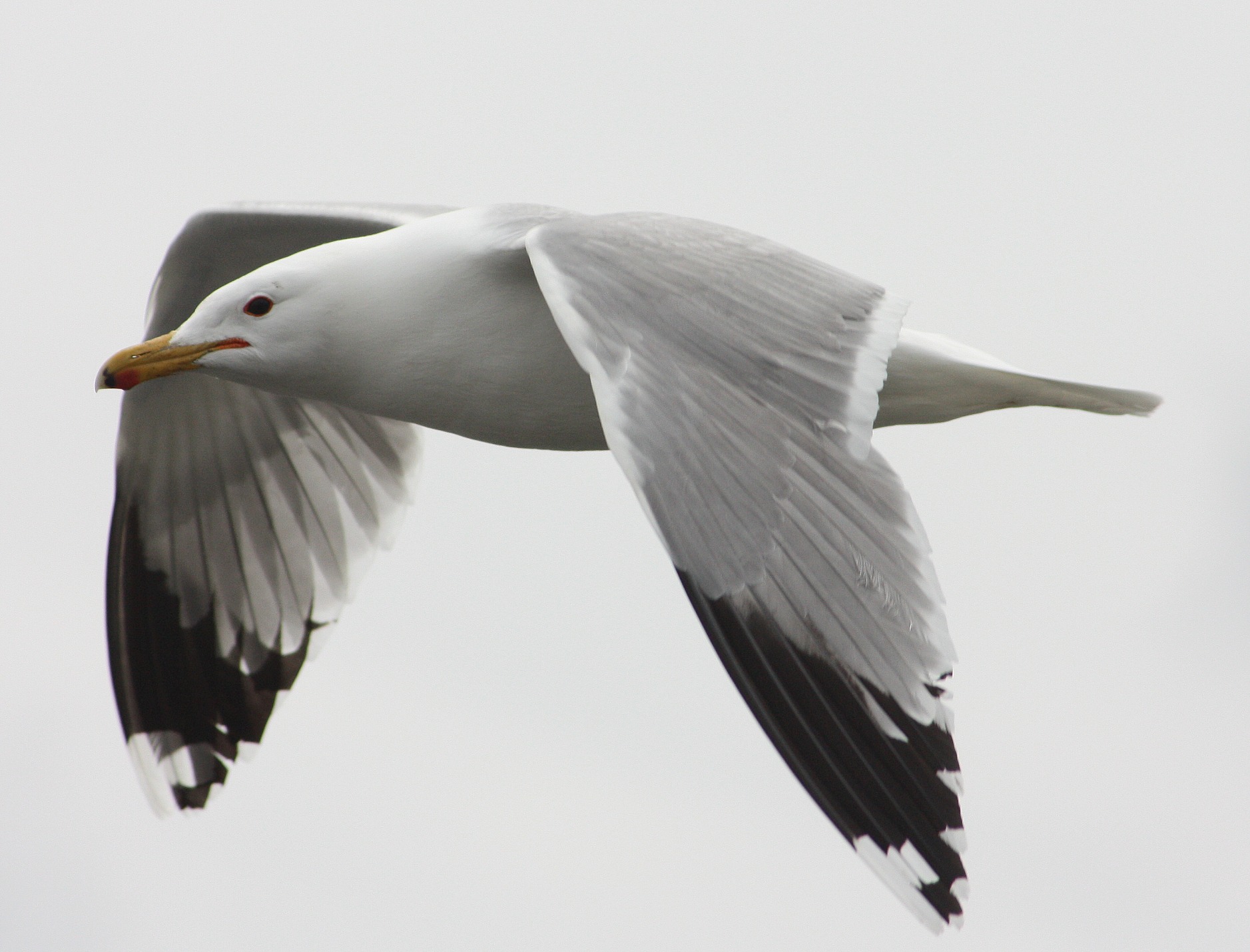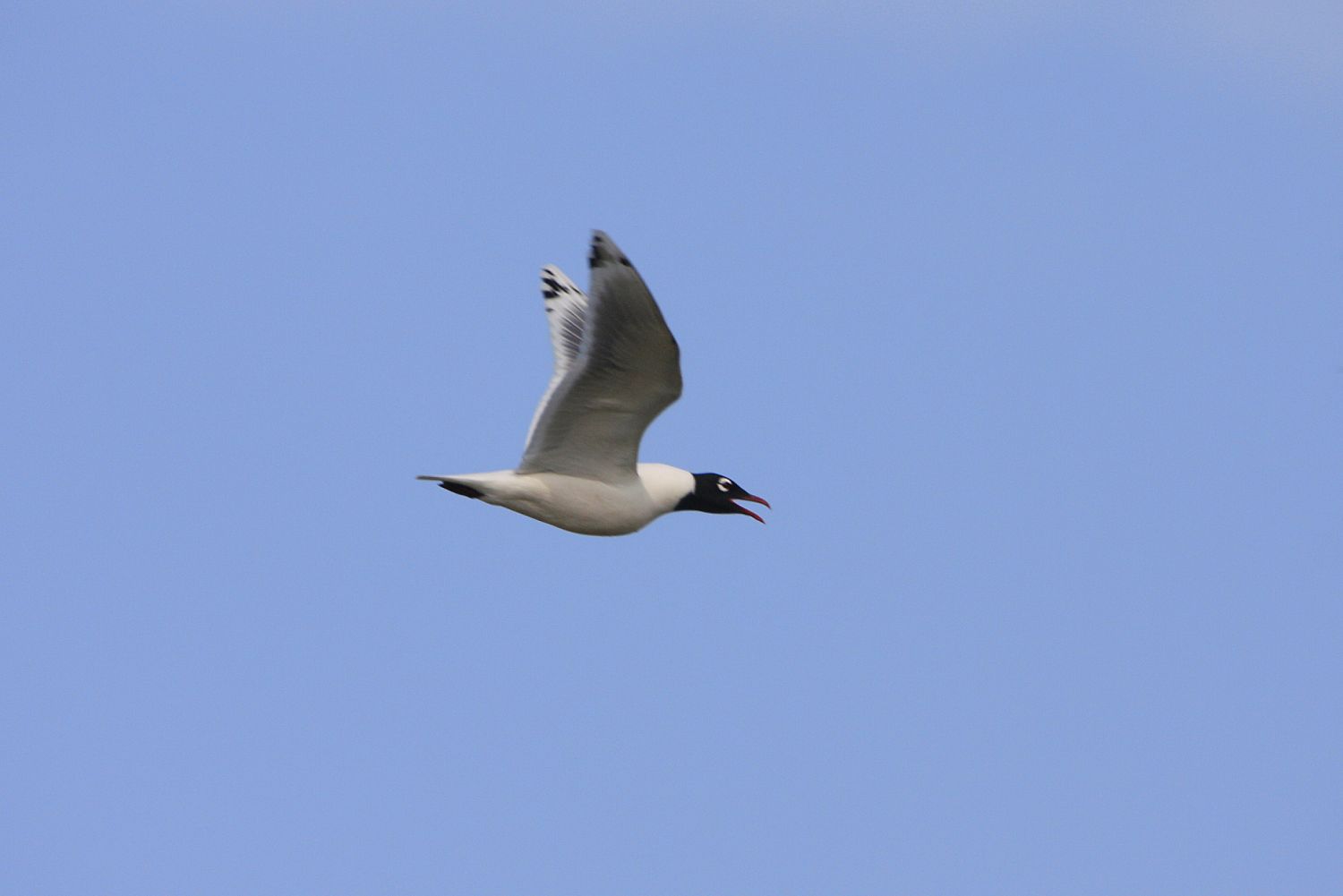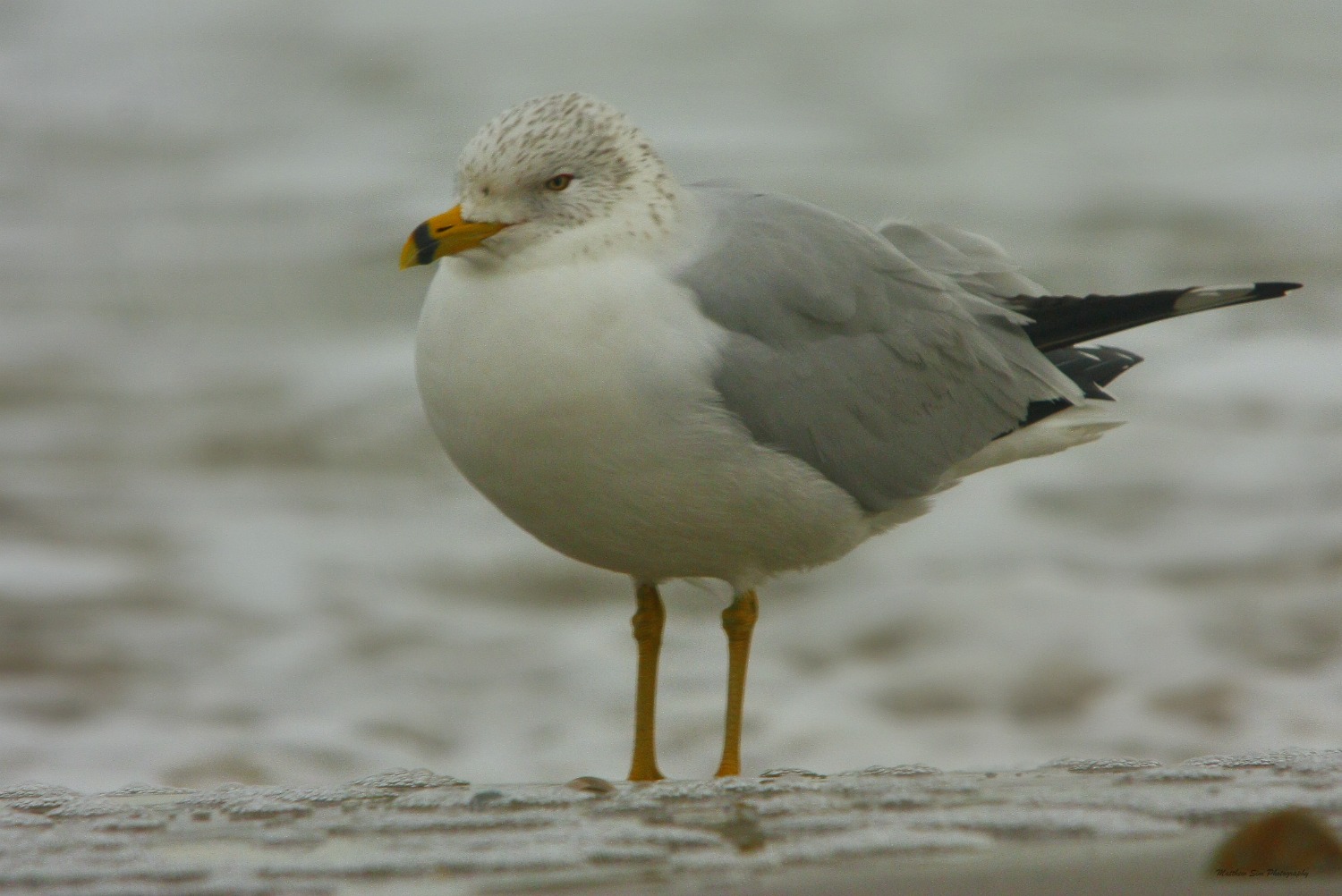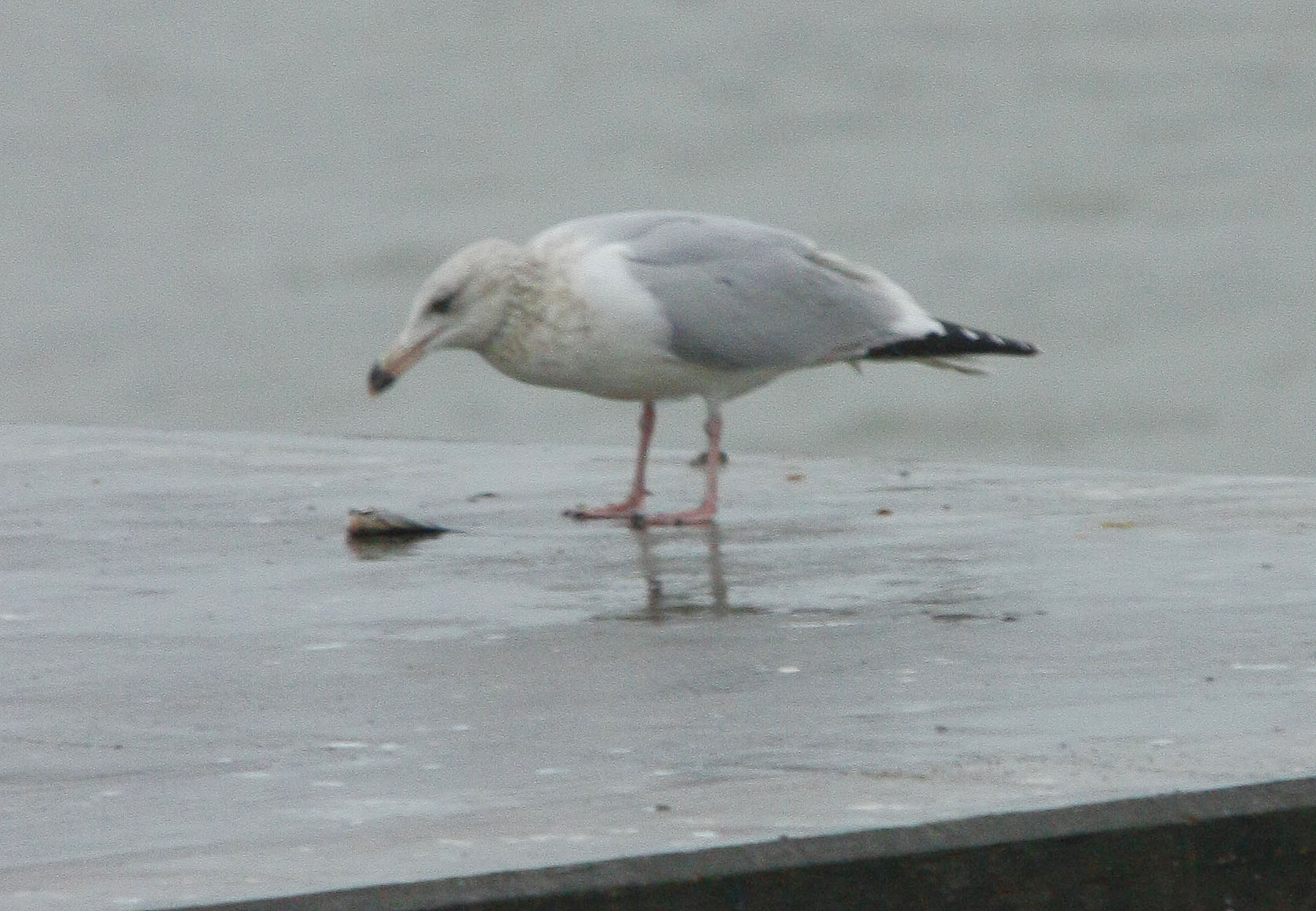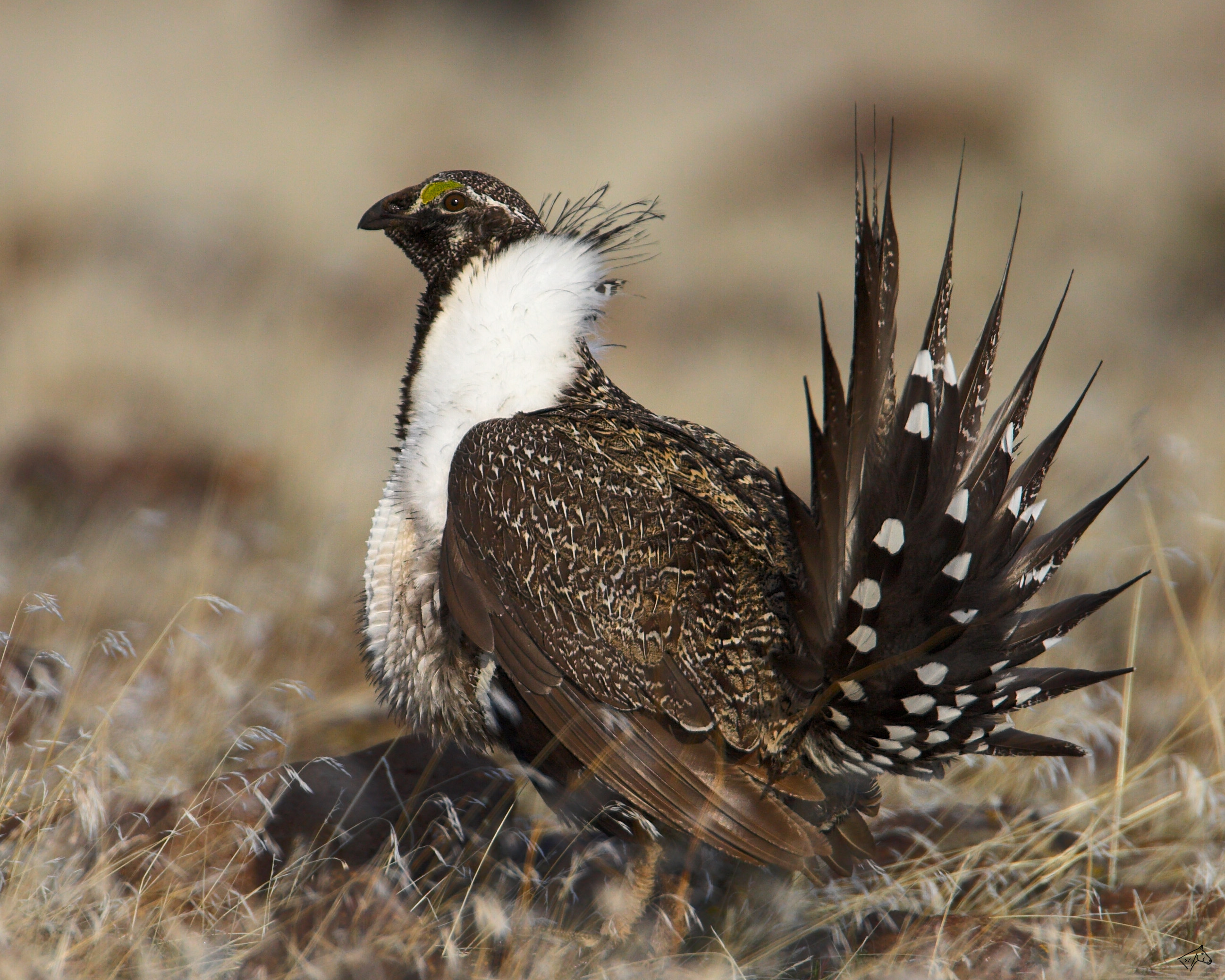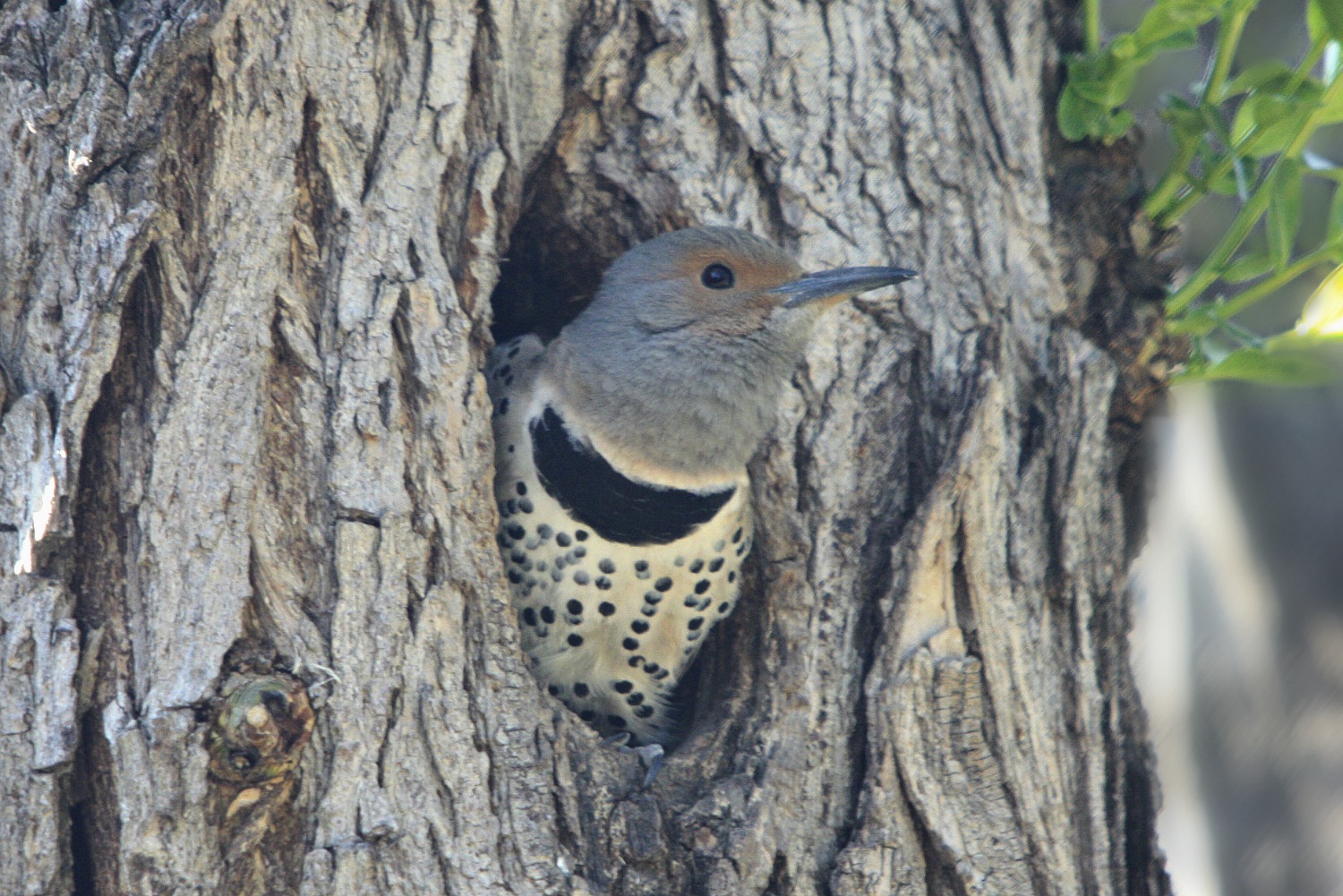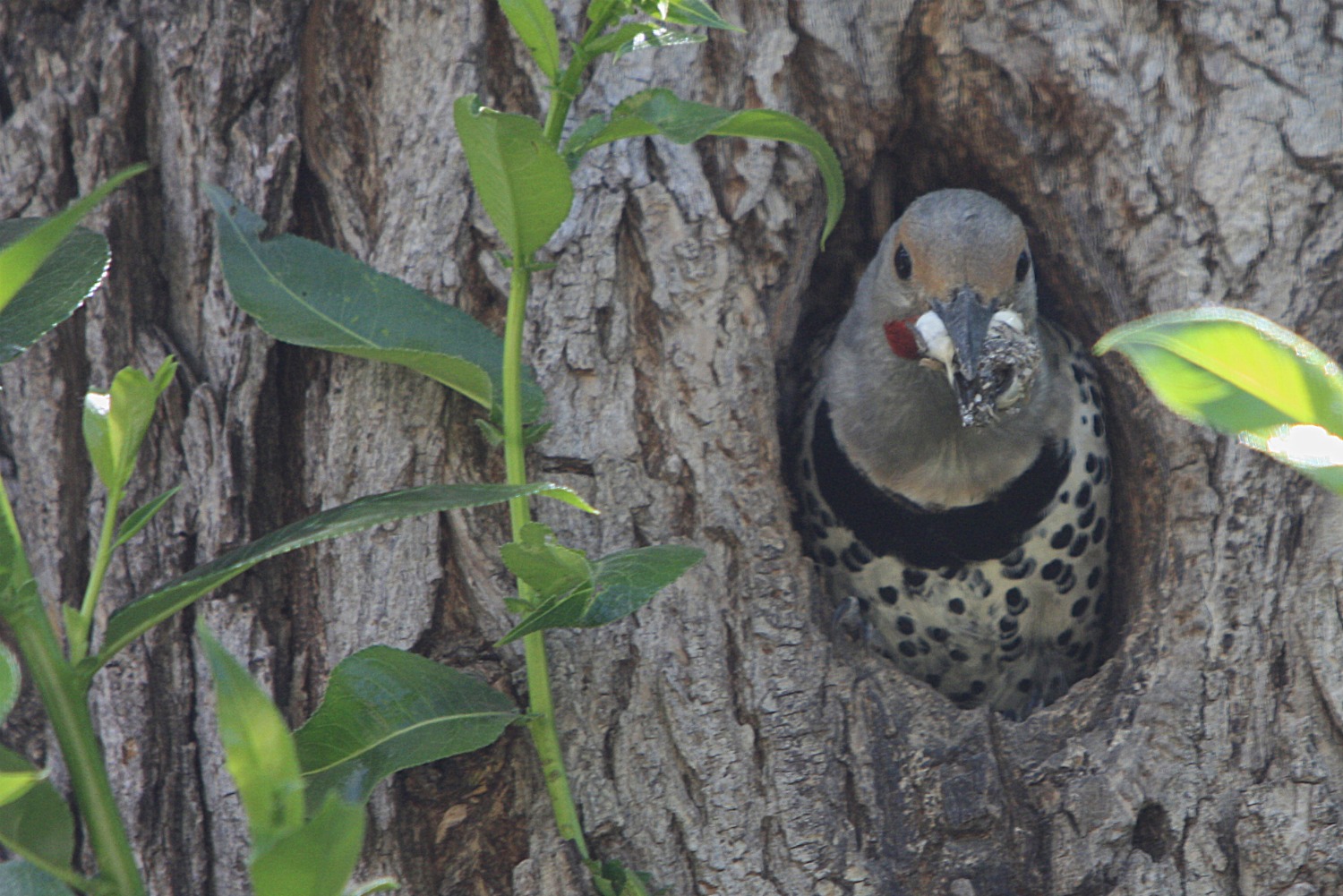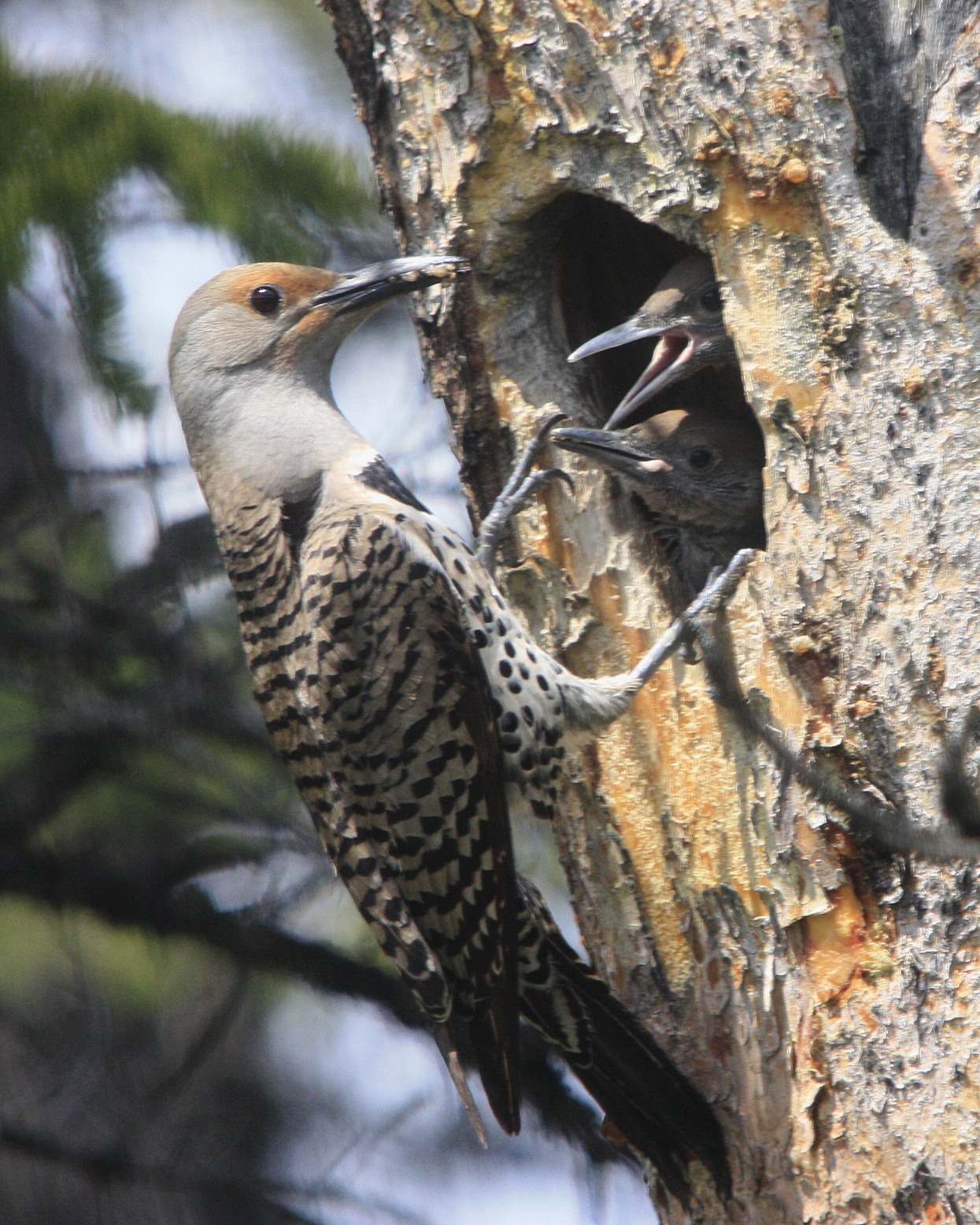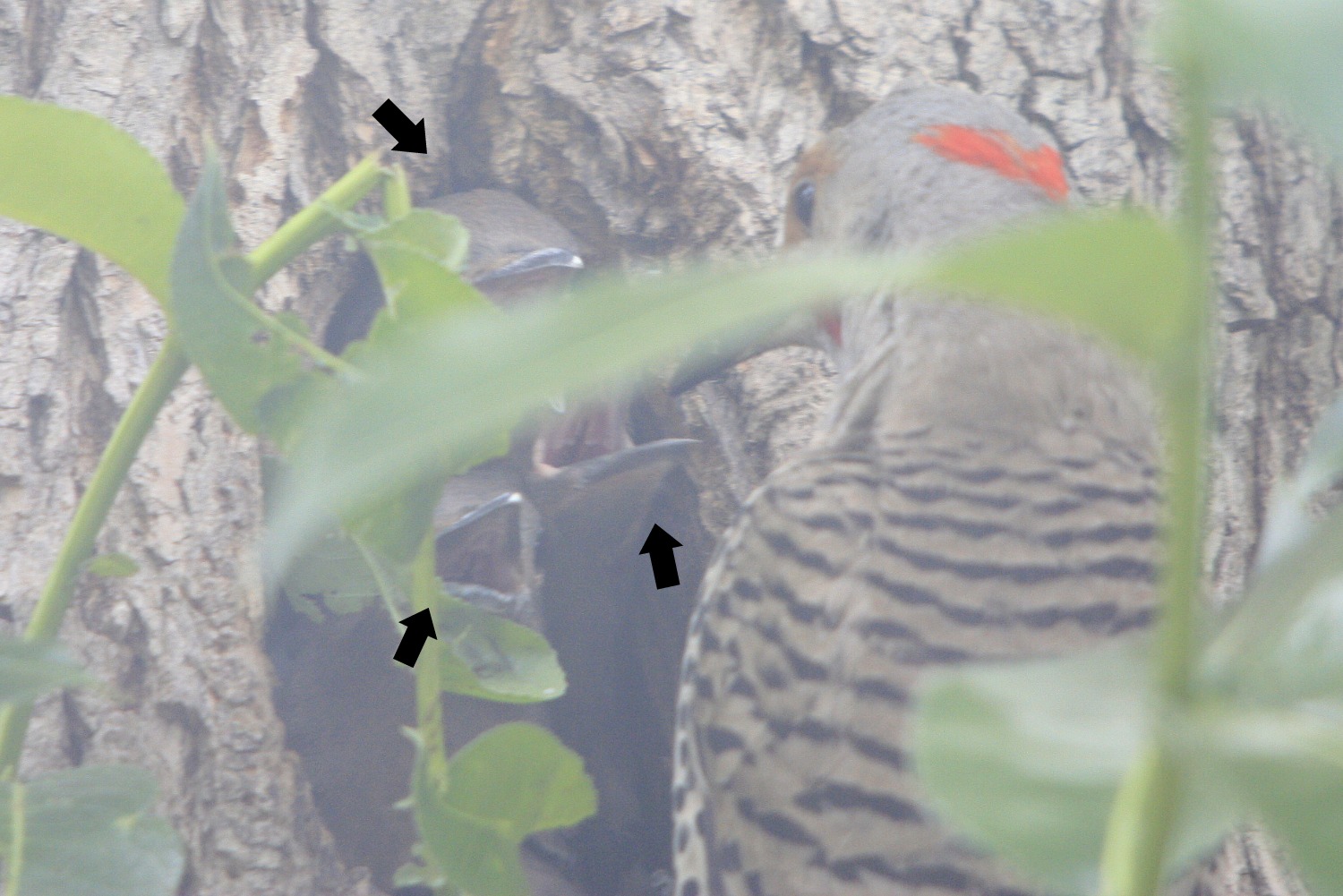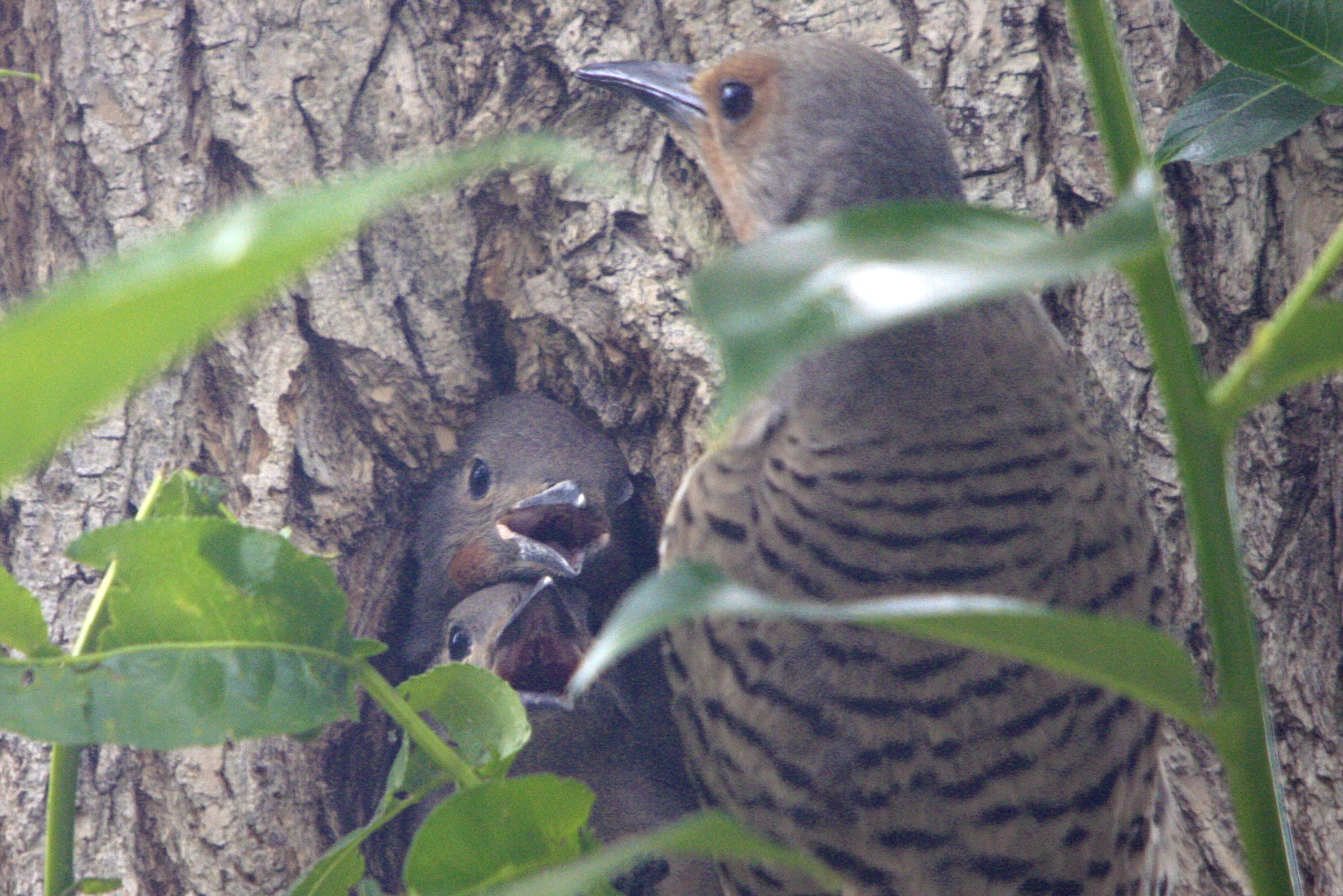Posted by Matthew Sim
Each year, spring migration brings something different. The year I first bought my camera, migration brought to me several brilliant male Western Tangers. This was the first time that I was really enthusiastic about birding and, with birds like this in my backyard, it is not difficult to see why.

The Western Tanager has to be, in my honest opinion, one of the top 5 most beautiful species that we can see in Calgary. Its red, yellow and black plumage make it stand out during migration, when the trees are still bare of leaves, but be warned, once the leaves come out, this brilliant songster all but disappears into the forests, becoming rather inconspicuous despite its bright colors.
A bright-red head combined with black wings, back and tail and canary-yellow underparts and neck are what make the male so beautiful. The female, considerably duller, is green olive above and yellow below. Arriving in southern Alberta in early to mid-May (they arrive later in the month in the mountains), the Western Tanager heads to boreal and montane forests to breed. Though the species prefers coniferous and mixed forests for nesting, during migration, it frequents a wider range of forests.
The Western Tanager can be seen in the city in areas such as Bebo Grove in Fish Creek or Edworthy Park during the summer. Outside of the city, they can be seen in the mountains and in the Water Valley area, among other locations. During the month of May,you might even spot one in your own yard- they are most often seen among the higher branches of trees so remember to look up!
Did you know…
The red on the Western Tanager’s face is formed by the pigment rhodoxanthin, a pigment not usually found in birds. The other tanagers (such as the Scarlet Tanager) make the pigments that give them their bright colors however, rhodoxanthin is not manufactured by the Western Tanager meaning that they must obtain it from the food that they eat (probably insects who in turn gain this pigment from the plants they eat).



















